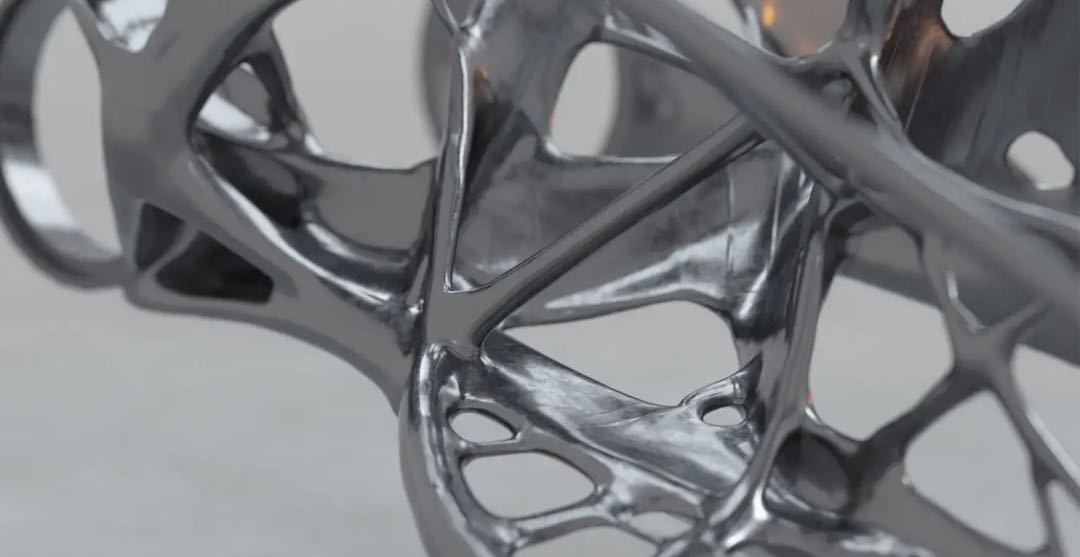Research——Radical Bio-Issue 1

Biomimicry
1.Morphology-based bionics
The most common form of morphomimicry is through the imitation of a certain type of organism to enhance effectiveness or environmental adaptation, such as the design of aircraft and submarines. We may find that they look like a certain type of organism. This approach uses observation as the primary method of study, deriving what can be used by establishing general principles for established “natural models” and generalizing them to a single object within a given framework. This is very much in line with the early industrial model, which embodies the idea that the relationship between humans and nature is constructed in a mechanical “copy” state. Of course, it is difficult to say that the use of natural elements in the Rococo style and Art Nouveau was a bionic design practice, but it was more of an interception of natural elements that were involved in the production of man-made products in a state of “ornamentation”. They are pre-industrial practices that belong to the category of craftsmanship
2.Principle-based bionics:
The most intuitive example of principle-based biomimicry is that of bats to radar, both of which use echolocation to obtain accurate information about things. In this type of design the artifact is often far removed from the natural original. In this type of practice, design results are not obtained through empirical observation, but through the generation of “knowledge” from nature and its incorporation into the production of man-made products. Of course, we can also see that principle-based bionic design is often not bound to specific products or use scenarios, for example, echolocation can also be done with lasers, ultrasound, electromagnetic waves, and various media. At the same time, principle-based bionic design means that humans are moving towards a genealogy of knowledge and creating in a wider range of dimensions.
3.Paradigm-based bionics:
This area is a hot issue in bionics research today, and we can usually see two clear research paths:

- The model benefits from the great progress in digital technology and sensor systems, and we are able to study the swarm of organisms and the way of generation. The most intuitive example is the study of bee colonies, which has enabled large-scale formation and cooperative control of drones.
- generation based on the maturity of digital manufacturing platforms, Auto-Desk’s digital manufacturing platform Fusion 360 enables generative generation. By implementing the production of workpieces in an organic way through topological computing, we achieve a simulation of the natural evolutionary process, which undoubtedly brings about a change in the human production model. This paradigm-based bionanism may have a wide range of applications in the future, where the discrete elements clarify the transformation of a large mechanical production method into a biological evolutionary production method.




Recent comments